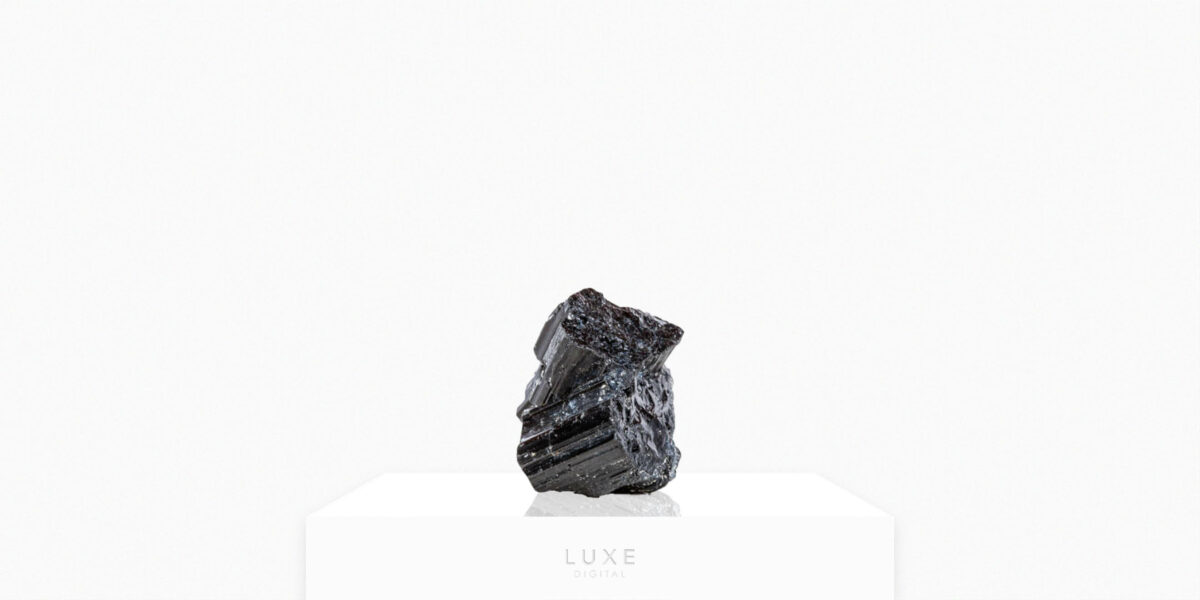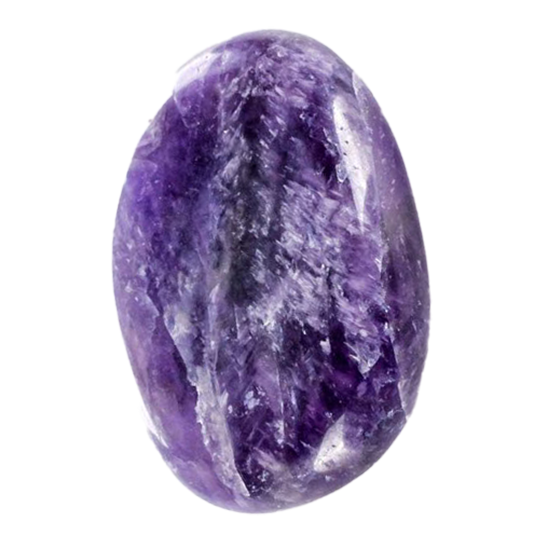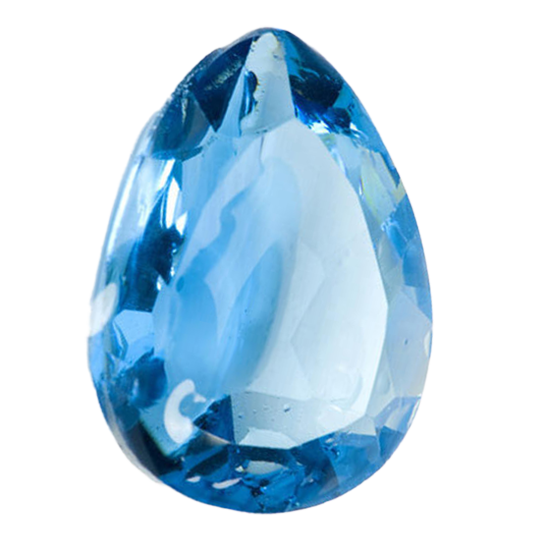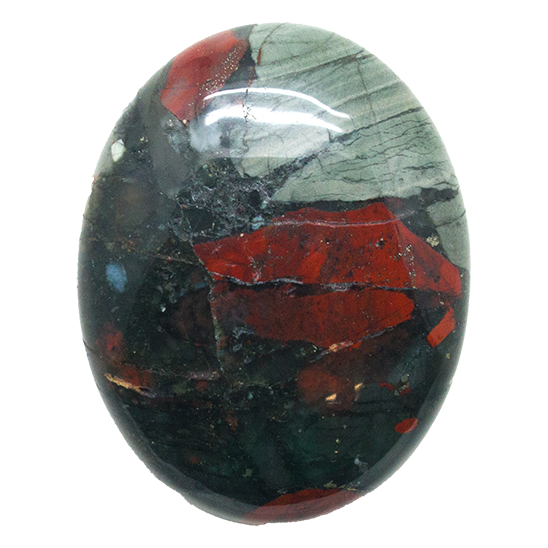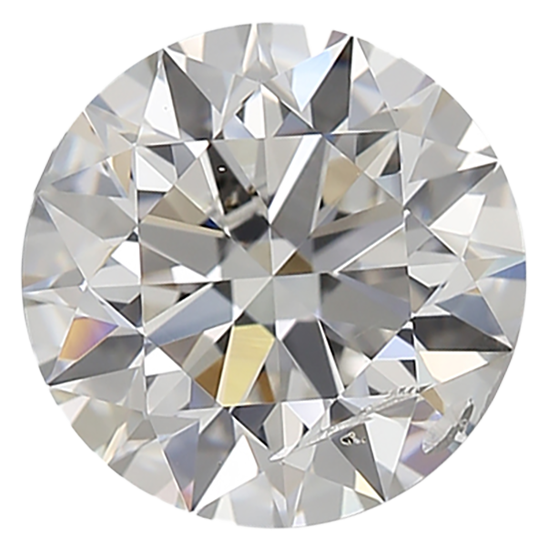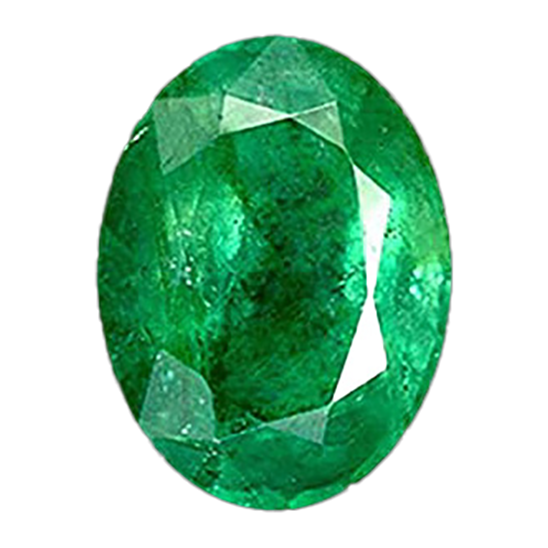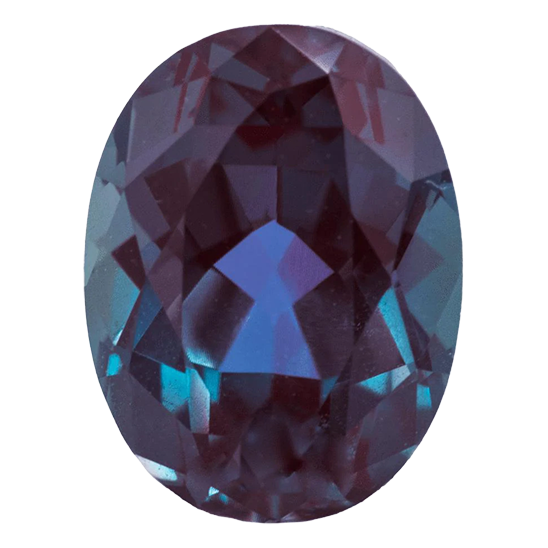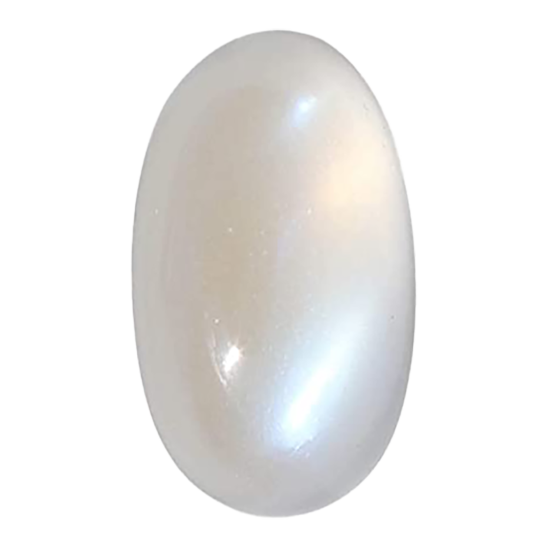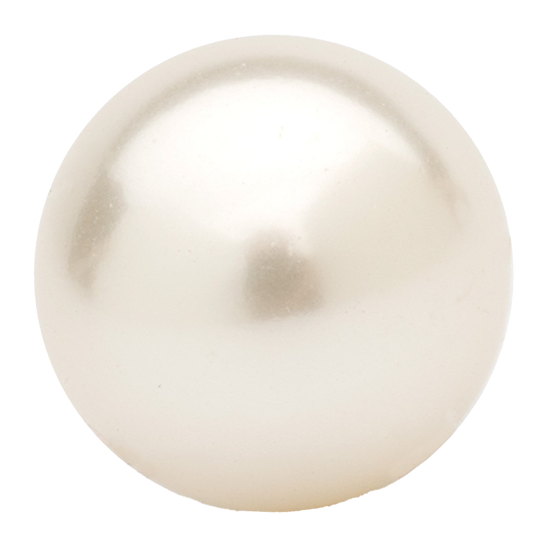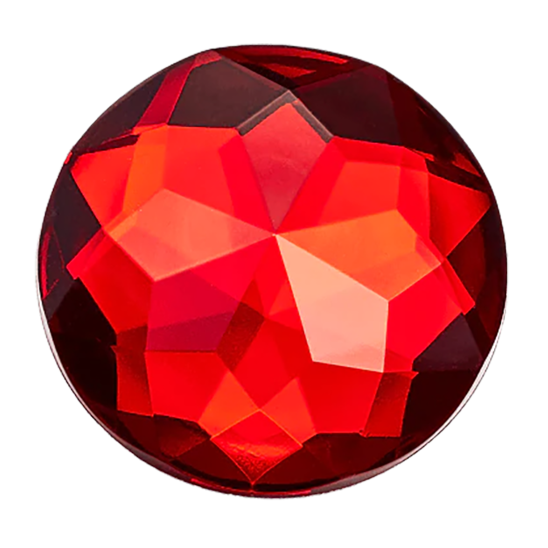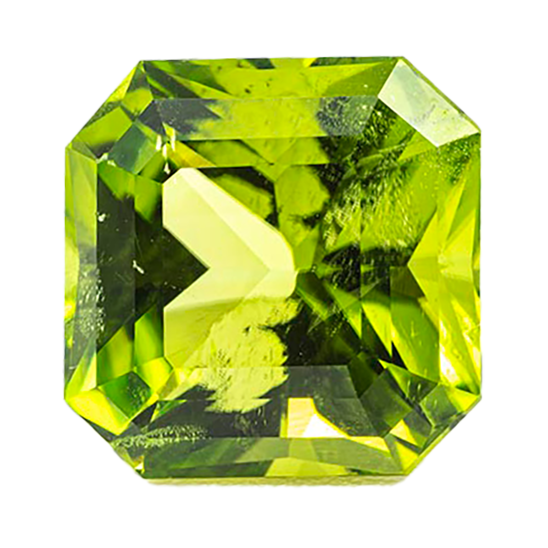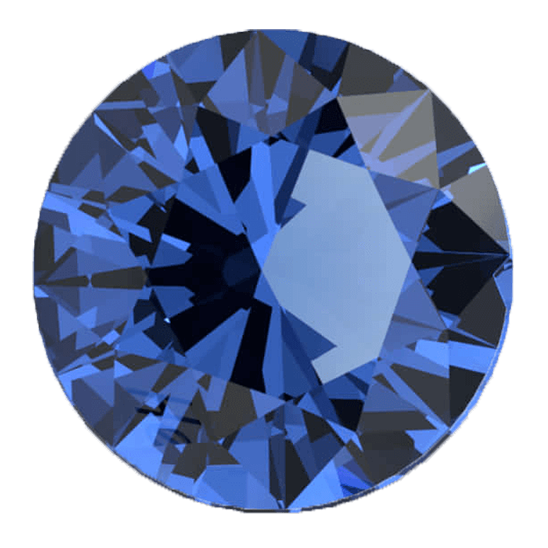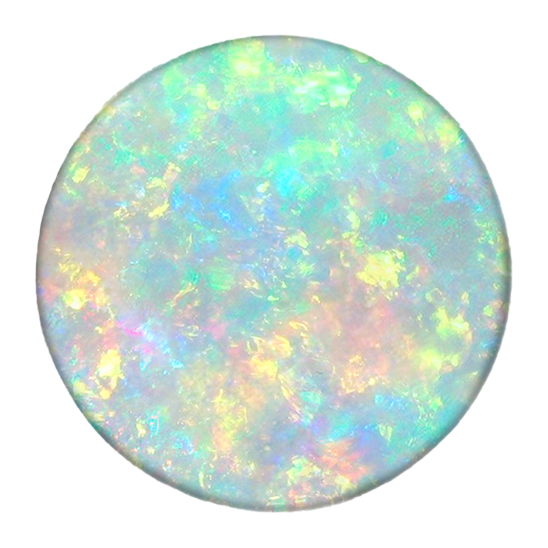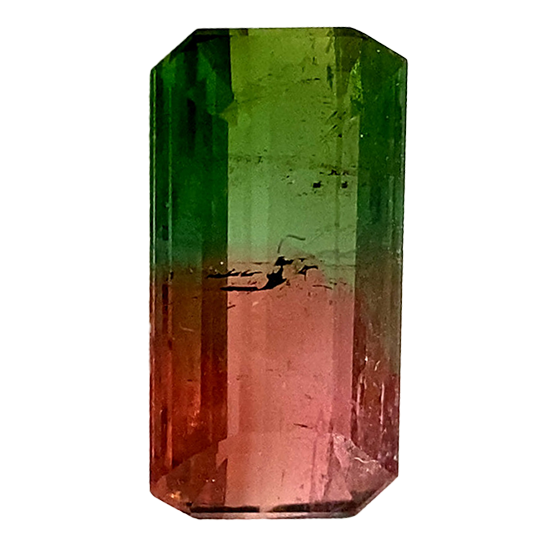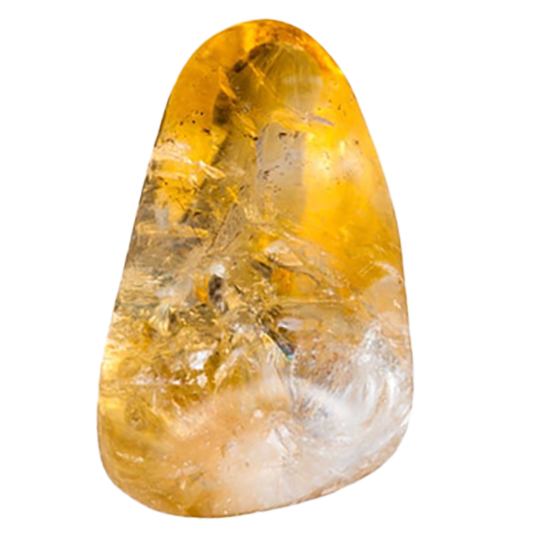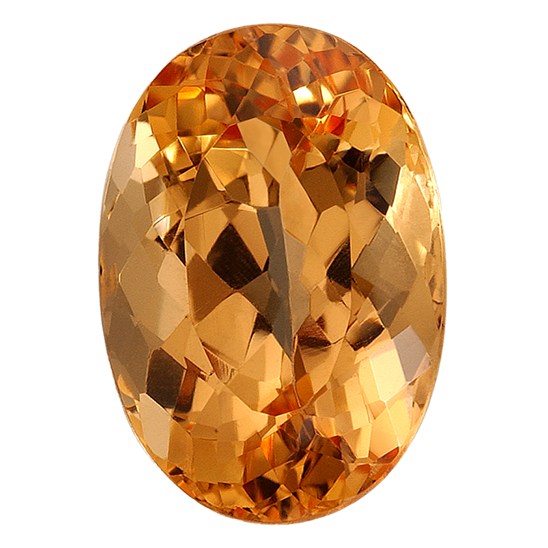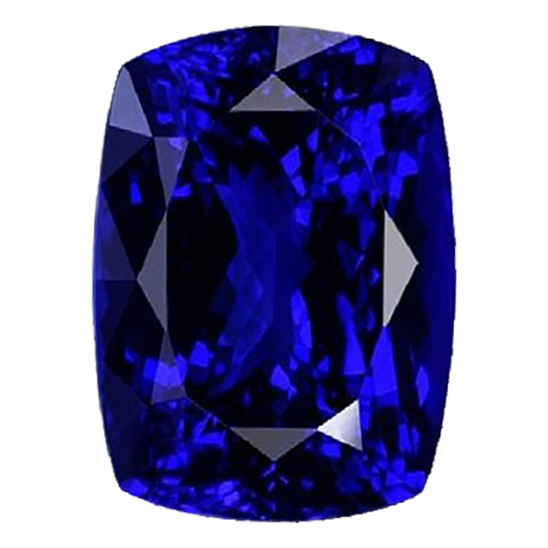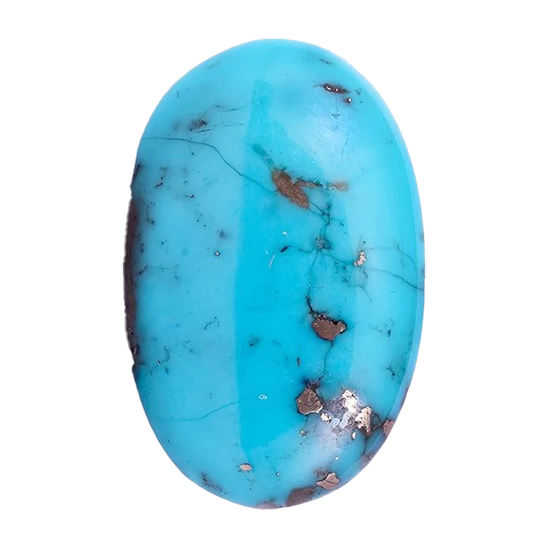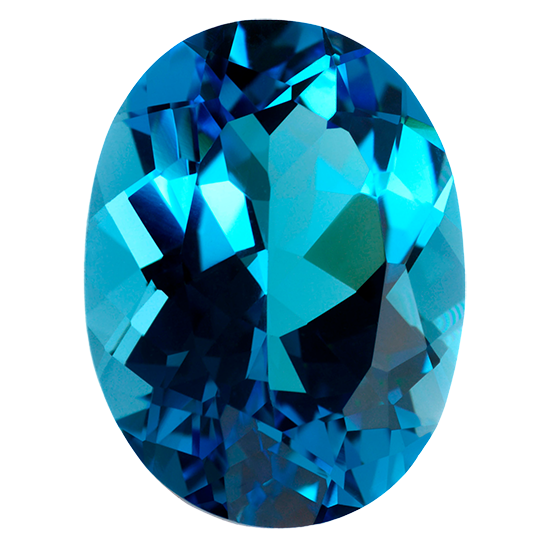Jewelry isn’t just an accessory. For many, precious gemstones like black tourmaline hold special value for their unique properties. From healing properties to a unique hue, black tourmaline has been used for decades and is gaining more recognition.
But what’s behind this mysterious black gemstone? The inky black hue offers more than first meets the eye. Here’s a look at the special properties of black tourmaline, and the allure behind its growing prominence.
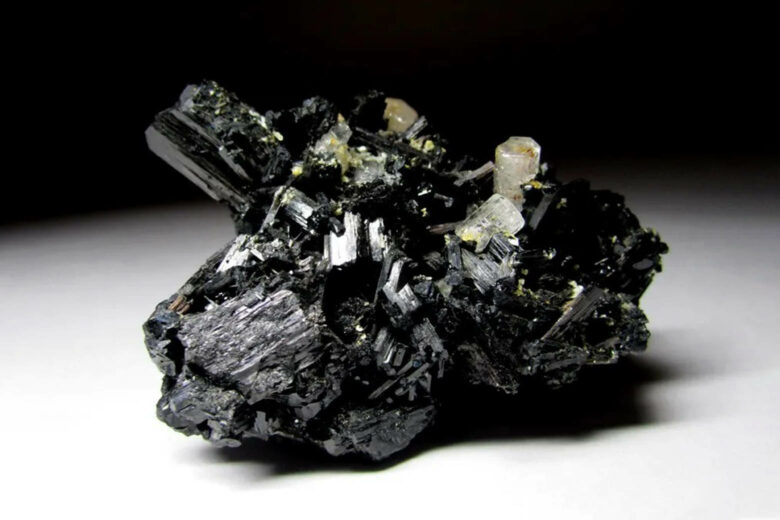
| Black Tourmaline Color | Inky black, black with blue undertones, off-black |
| Birthstone Month | October |
| Hardness Scale | 7.5 on Mohs Scale |
| Mineral Class | Boron silicate |
| Symbolism | Protection, grounding, reconciliation, safety |
What is black tourmaline?
Black tourmaline is a unique stone that is sold either polished or in crystal form. Crystals can be tiny or as large as nearly 100 kilograms. These crystals usually are either triangular or six-sided with curved edges.
Black tourmaline is one of many forms of tourmaline and has a Mohs hardness rating of 7.5 out of 10. This means that it’s fairly durable, but can still be scratched, unlike a diamond.
It’s important to note that there are many types of black tourmaline on the market. Some black tourmaline is natural, and some are grown in a lab. Even amongst natural tourmaline, sometimes heat treatment is used to enhance color.
Though black tourmaline is popular, it doesn’t fetch an expensive price. This adds to its reputation for being meaningful and accessible. Since it is so abundant, it can be found in homes, on necklaces, and as protective amulets.
What does black tourmaline look like?
Tourmaline comes in myriad colors. As one of the more abundant stones, the sheer range of colors is another reason why so many are drawn to tourmaline. The most common colors for tourmaline include: black, brown, and black with blue undertones. Blue, green, pink, yellow, and red are rarer. Vivid light green is among the rarest colors for tourmaline.
Black tourmaline itself is not just one color. The unique properties of how tourmaline is formed mean there is natural variability in hue. There’s inky black, black with blue, and a more muddy black with touches of brown. Vertical lines are the defining property that distinguishes black tourmaline from other black stones.
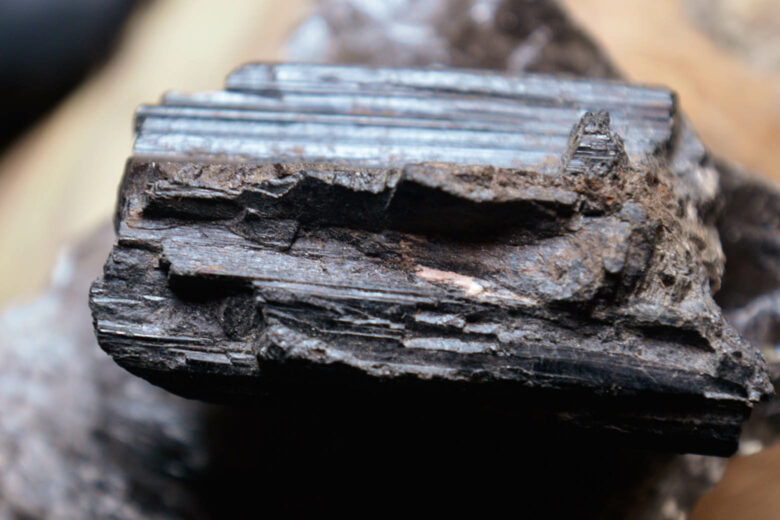
History of black tourmaline
Even centuries ago, black tourmaline was prized for its special meaning. While green tourmaline was discovered in the 1500s by a Spanish conquistador, historians believe black tourmaline was used as far back as the 15th century. Prized for its magnetic properties, black tourmaline was used in different healing rituals.
However, its official discovery and wide use can be traced to Dutch traders during the 1600s to the 1700s. At the time, confused with other stones and crystals, it eventually was recognized as a stone. With time, the black tourmaline’s unique properties have once more solidified it as a stone thought to have healing benefits.
Meaning of black tourmaline
The meaning of black tourmaline is tied to both symbolism and perceived health benefits. All types of tourmaline are associated with renewal, reconciliation, stability, and security. But black tourmaline is known to be a protective and grounding stone.
With its magnetic properties, black tourmaline has many uses. Some collect crystals and place them within their home. When placed in a front entrance, the black tourmaline exudes calm and grounding for anyone entering the home. Some also place black tourmaline to protect against negative energy.
Black tourmaline necklaces, bracelets, and rings are said to uplift, revitalize, and protect against negative energy wherever you go. For many, the black tourmaline’s main values lie in the healing properties and unique meaning. Both of these are hard to place a price on.
Where does black tourmaline come from?
Found in Brazil and much of Africa, black tourmaline is a result of volcanic lava cooling and forming crystals underground. Prized amongst collectors and those who practice Feng Shui, tourmaline is a fairly abundant stone.
Tourmaline is commonly found amongst metamorphic and igneous rocks. While large crystals are found underground, black tourmaline can also be found amongst beaches, streams, and washed-up sediment.
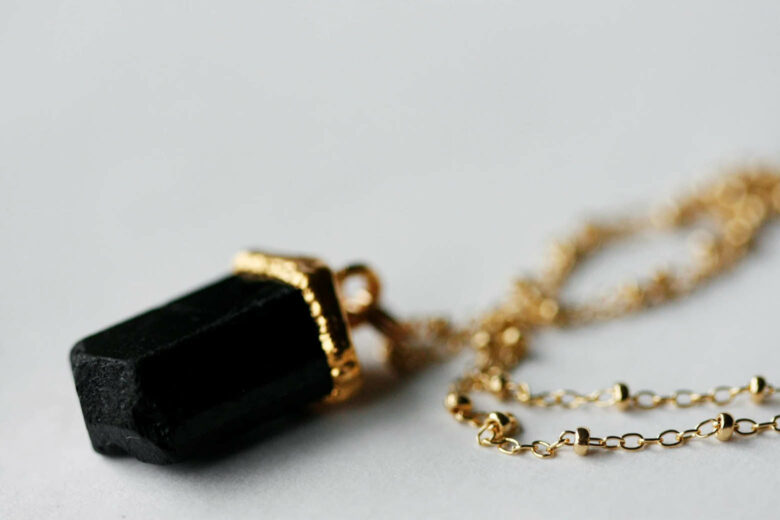
What zodiac sign is associated with black tourmaline?
October has two birthstones: tourmaline or opal. Thus, the black tourmaline is associated with the Libra zodiac sign. This is fitting in many ways. Libras are known for their welcoming nature and their balancing effect on a group. See our detailed birthstone by months guide to learn more.
A Libra sign is likely to promote harmony, tranquility, and peace. In much the same way, the properties of black tourmaline seek to balance energy and serve as a grounding force for not only negative but also positive forms of energy.
Which family is black tourmaline from?
Black tourmaline is a form of crystalline boron silicate. Crystalline boron silicate is usually comprised of a combination of iron, magnesium, aluminum, sodium, potassium, and/or lithium. To understand its origins, the gemstone family tree is instructional.
The gemstone family tree traces 16 main gemstones, based upon their distinct properties: beryl, chrysoberyl, corundum, diamond, feldspar, garnet, jade, lazurite, olivine, opal, quartz, spinel, topaz, tourmaline, turquoise, and zircon. Though well over 2,000 minerals have been identified, a mere 100 are sold today.
The reason why tourmaline, along with these other 16 gemstones, have been identified is for its popularity and market value. That means that there’s enough demand for these gemstones to be polished and sold as jewelry.
Birthstones chart
Find your birthstone by month
Frequently asked questions about black tourmaline
Tourmaline is seen as a protective shield, presenting an energizing but calming force in face of life’s obstacles. Tourmaline is often placed in the entrance of homes to provide a relaxing, welcoming environment. It’s also worn as an amulet to protect against negative forces. Read our tourmaline guide to learn more about the stone.
Black tourmaline is sometimes imitated with cheap stimulants. To make sure that black tourmaline is real, investigate the surface. Even polished black tourmaline is not perfectly smooth and has a faint streak. The clearest way is to perform a scratch test. Tourmaline cannot be scratched by coins or needles.
Black tourmaline is found near volcanoes and underground. Traces of black tourmaline are found in tributaries and beaches. Most of the black tourmaline today is sourced from parts of Africa, including Tanzania, Kenya, Madagascar, Nigeria, Mozambique, and Malawi. Parts of Brazil are also natural sources of black tourmaline.
Another reason why black tourmaline is popular is for its affordable price. Black tourmaline under 5 carats costs under $500 per carat. But the rarest forms of tourmaline can be quite expensive. Some types of tourmaline, including rubellite and multi-colored tourmaline, cost as much as $1,000 per carat. Paraiba tourmaline carries an expensive price of as much as $10,000 or more for a carat.
